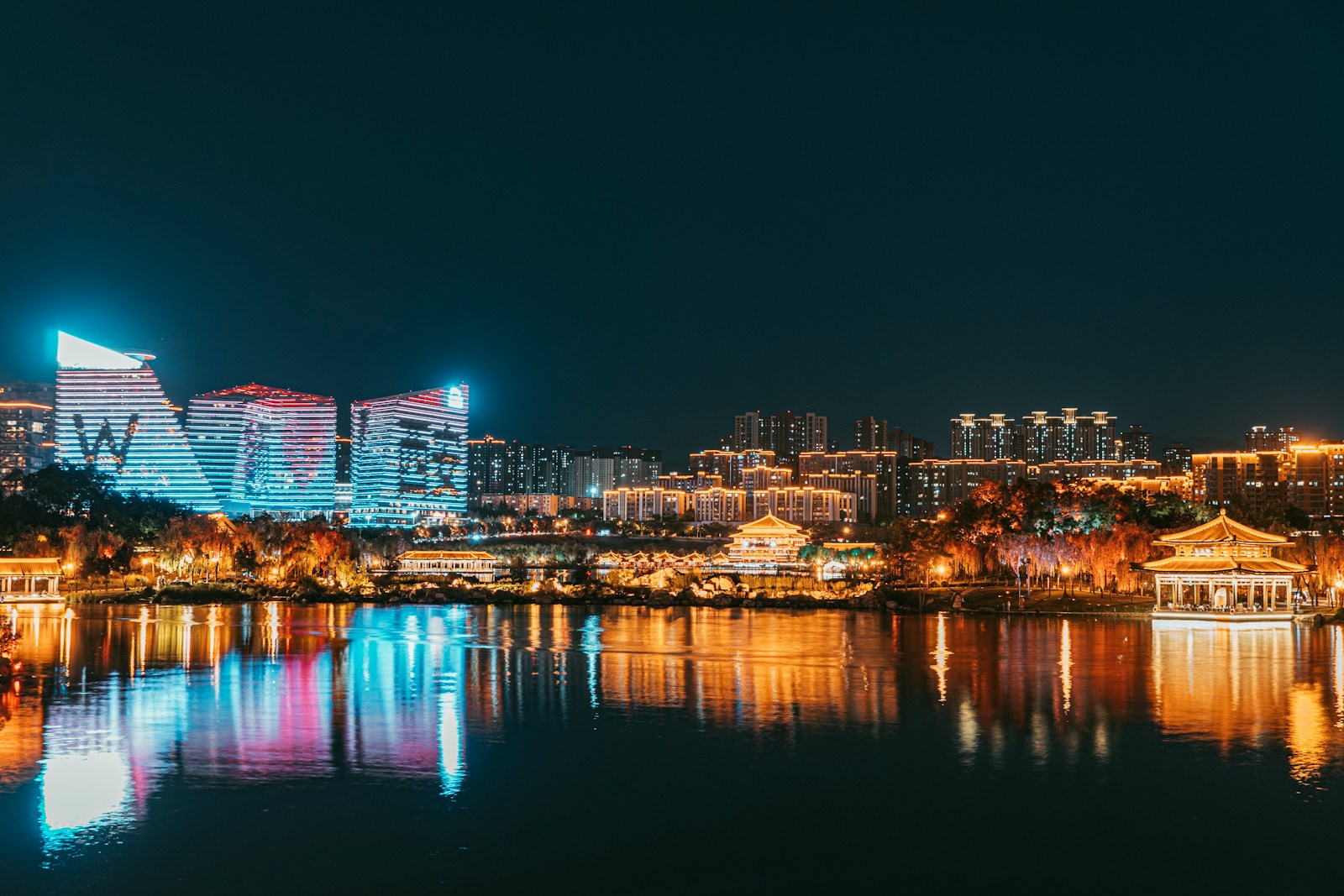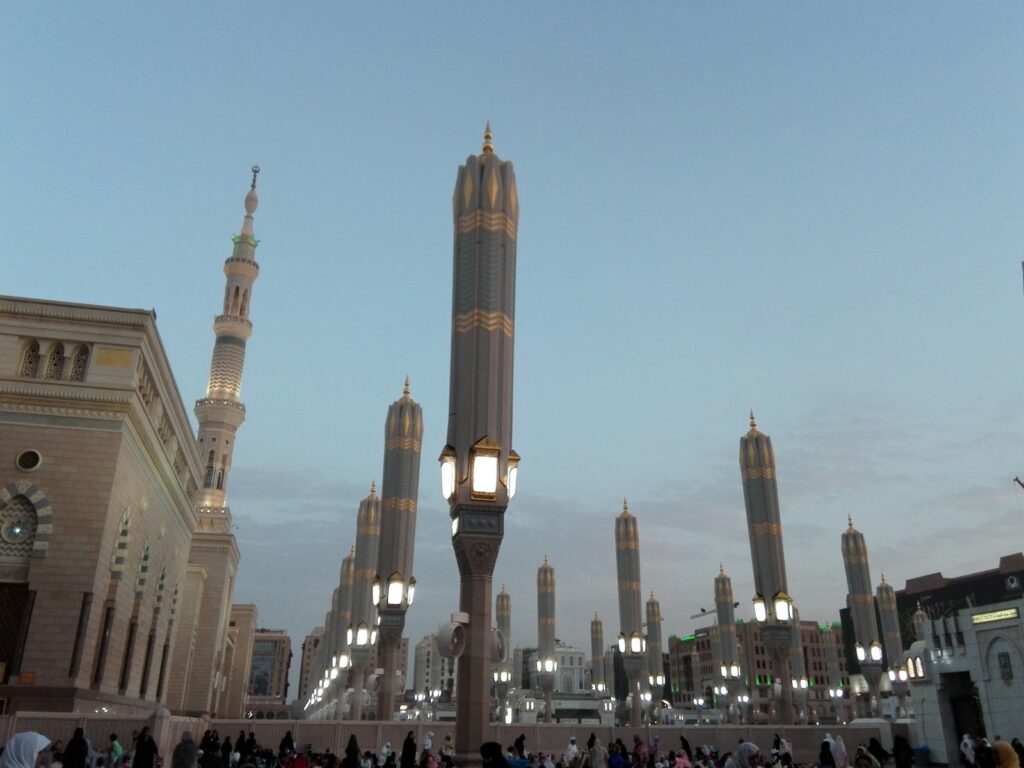The Silk Road once connected East and West through trade, culture, and exploration. Today, the routes may no longer carry caravans of silk and spices, but they remain one of the most fascinating journeys a traveler can take. In 2025, exploring the Silk Road means blending ancient history with modern adventure.
Uzbekistan: Architectural Wonders of Samarkand and Bukhara
Uzbekistan sits at the heart of the Silk Road and is home to some of its most iconic landmarks. Samarkand dazzles with its turquoise domes and mosaics, particularly in Registan Square, while Bukhara offers a labyrinth of historic mosques, caravanserais, and bustling bazaars.
Travelers can immerse themselves in centuries-old traditions while enjoying modern comforts, such as high-speed trains that connect major cities. Traveling to Uzbekistan has become increasingly accessible, making it a prime destination for those eager to walk in the footsteps of merchants and explorers.
Kyrgyzstan: Mountains and Nomadic Culture
For those seeking natural beauty, Kyrgyzstan offers alpine lakes, soaring peaks, and open pastures dotted with yurts. Issyk-Kul Lake, one of the world’s largest alpine lakes, is surrounded by mountains and traditional villages.
Here, travelers can experience nomadic culture firsthand—staying in yurts, horseback riding through valleys, and sampling hearty Central Asian cuisine. Kyrgyzstan provides an authentic taste of Silk Road life that feels unchanged for centuries.
To prepare for such adventures, don’t miss 10 Travel Safety Tips Every Solo Traveler Should Know.
China: Xi’an and Beyond
China’s ancient capital of Xi’an marks the eastern starting point of the Silk Road. The city is famous for the Terracotta Army, but its bustling Muslim Quarter, historic city walls, and markets reveal its Silk Road heritage.
Modern travelers can trace routes westward toward Gansu Province, where the Mogao Caves in Dunhuang preserve Buddhist art and manuscripts that once guided pilgrims and traders on their journeys. High-speed rail now makes these journeys faster, blending the past with the present.
For tips on making long journeys more manageable, see The Ultimate Packing Guide for Carry-On-Only Travelers.
Turkey: A Bridge Between Worlds
On the western edge, Turkey offers a blend of European and Asian influences. Istanbul, formerly known as Constantinople, was a pivotal trading hub where diverse cultures converged. Travelers today can explore the Grand Bazaar, spice markets, and Ottoman palaces that reflect its rich Silk Road heritage.
Beyond Istanbul, Cappadocia’s cave dwellings and hot air balloons add another layer of wonder to the journey. Turkey remains a symbolic and physical bridge between East and West.
Iran: Persian Legacy Along the Route
Iran played a pivotal role in Silk Road history, with cities such as Isfahan and Yazd serving as cultural and trading hubs. In modern times, travelers can admire exquisite Persian architecture, bustling bazaars, and ancient caravanserais that once served as resting places for merchants crossing the desert.
The rich traditions of poetry, art, and hospitality continue to make Iran one of the most rewarding stops for those retracing the Silk Road’s footsteps.
Georgia: Wine, Mountains, and Crossroads Culture
Tucked between Europe and Asia, Georgia offers travelers a unique blend of stunning mountain scenery and rich cultural heritage. Tbilisi’s colorful Old Town reflects centuries of influence from traders and empires, while the Kakheti wine region showcases one of the world’s oldest winemaking traditions.
Georgia’s location along the Silk Road made it a melting pot, and today it charms visitors with warm hospitality, hearty cuisine, and dramatic landscapes.
For wine lovers, see Wine Country Beyond Napa: Hidden Vineyards Around the World for inspiration.
The Takeaway
Traveling the Silk Road in modern times isn’t about retracing every mile—it’s about connecting with the spirit of exploration that defined it. From Uzbekistan’s dazzling architecture and Kyrgyzstan’s nomadic traditions to China’s cultural treasures and Turkey’s crossroads of civilization, the Silk Road continues to inspire adventure.
Every stop adds a new layer to the story of global exchange, reminding travelers that the Silk Road is as much about people as it is about places. In 2025, this legendary route invites travelers to discover history in motion, where ancient legacies meet modern journeys.




